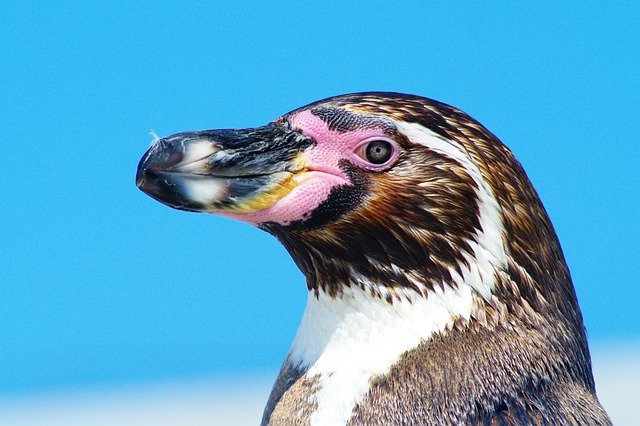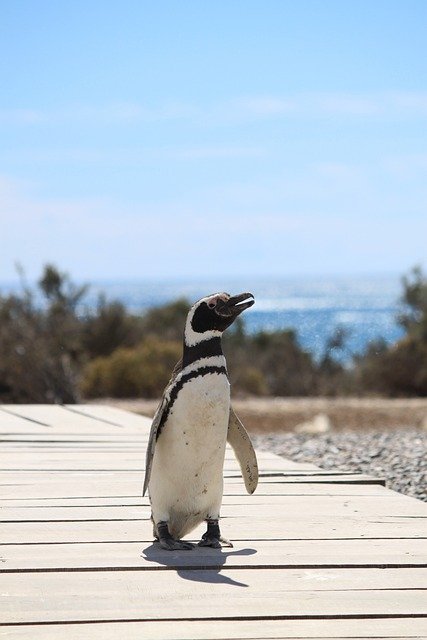**Title: "The Social Lives of Penguins: Insights into Their Communication and Community Dynamics"** **

The Social Lives of Penguins: Insights into Their Communication and Community Dynamics
Penguins are not just adorable creatures waddling across icy landscapes; they are also fascinating social animals with complex communication systems and community dynamics. This post delves into the social lives of these remarkable birds, exploring how they interact, communicate, and thrive in their often harsh environments.
Communication: The Language of Penguins
Vocalizations
Penguins are known for their diverse vocalizations, which play a crucial role in their social interactions. Each species has a unique repertoire of calls, which can convey different messages:
- Contact Calls: Used to maintain communication with mates and chicks, especially in crowded colonies.
- Aggressive Calls: Employed during disputes over territory or mates, signaling dominance or warning rivals.
- Courtship Calls: Used to attract potential mates, often accompanied by displays of physical prowess.
Body Language
In addition to vocalizations, penguins utilize body language to communicate. This includes:
- Posture: A penguin standing tall may be asserting dominance, while a penguin that hunches down might be displaying submission.
- Flipper Movements: Flapping or waving flippers can indicate excitement or aggression, depending on the context.
Social Structure: The Penguin Community
Colony Life
Penguins are highly social birds that live in colonies, sometimes numbering in the thousands. The benefits of colony life include:
- Protection from Predators: A larger group can better defend against threats.
- Shared Responsibilities: In species like the Emperor Penguin, both parents share the responsibility of incubating eggs and feeding chicks.
Social Bonds
Penguins form strong social bonds, which are essential for their survival. These bonds can be seen in:
- Monogamous Relationships: Many penguin species form long-term pair bonds, returning to the same partner each breeding season.
- Chick Rearing: Parents work together to care for their young, often recognizing their own chicks among thousands.
Community Dynamics: Cooperation and Competition
Cooperative Behavior
In penguin colonies, cooperation is vital. Examples include:
- Huddling: To conserve warmth during harsh weather, penguins huddle together, taking turns being on the outside.
- Collective Defense: When threatened, penguins will work together to fend off predators, such as seals or birds of prey.
Competition
While cooperation is key, competition also plays a significant role in penguin social dynamics:
- Territorial Disputes: Males often compete for prime nesting spots, engaging in displays of strength and vocalizations.
- Resource Competition: Limited food sources can lead to competition, especially during breeding seasons when energy demands are high.
Conclusion
The social lives of penguins are a testament to their adaptability and resilience in the face of environmental challenges. Through intricate communication and strong community bonds, these birds navigate their icy habitats, ensuring their survival and the continuation of their species. Understanding their social dynamics not only enriches our knowledge of penguins but also highlights the importance of preserving their habitats for future generations.
Feel free to share your thoughts or questions about penguin social behavior in the comments below! 🐧

Upvoted! Thank you for supporting witness @jswit.